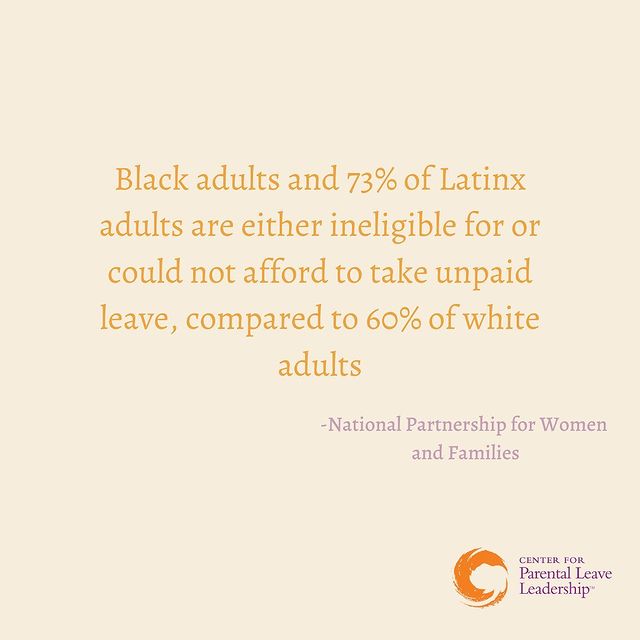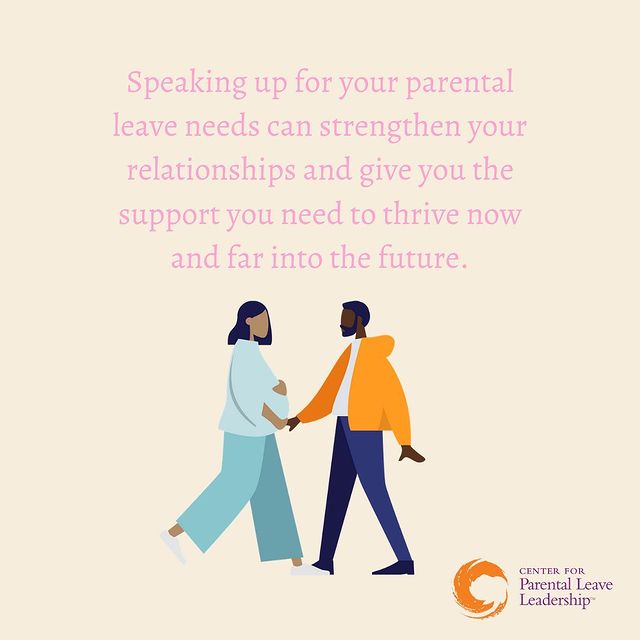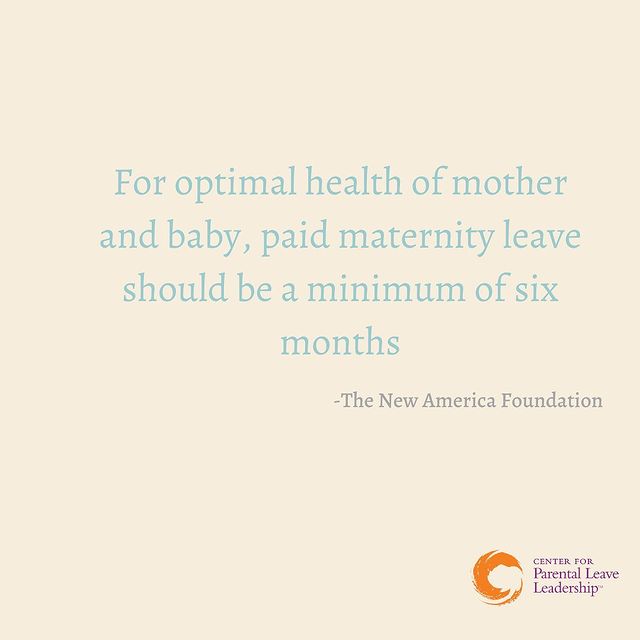When most people hear the words parental leave, they think of it as the time someone takes away from work to welcome a new child. It is considered a black hole in a person’s career that can’t be asked about or mentioned. Nothing could be further from the truth.
We define the parental leave transition (PLT) as the period of time an employee is preparing to become a parent, the time spent bonding with a new child, and then the adjustment to working parenthood.

Why does this distinction matter so much?
During this lengthy process—lasting a year or longer—one’s personal and professional roles are completely rewritten. It’s one of the biggest transitions a person will face in their lifetime.
The parental leave transition has the power to shape the life of a working family—for better or for worse—for years to come. A supported transition can help a new family flourish. And when families thrive, parents can bring their best selves back to the workforce to help companies and communities thrive as well. When employers support the parental leave transition it has a positive impact on families AND on the organization’s culture and bottom line.
The parental leave transition is a complex and exciting timeframe with far-reaching effects on:
Parents
- Perinatal mental health
- Racial disparities
- Gender equity
- Male caregiving
- Bonding
- Family economics
- Future career opportunities
Children
- Infant mortality
- Breastfeeding rates
- Vaccination rates
- Healthcare costs
- Educational outcomes
Organizations
- Retention
- Attraction
- Morale
- Culture
- Productivity
- Profit
Employers who want to attract and retain Millennial and female talent and grow their leadership pipeline should offer gender neutral paid leave and support to ALL employees throughout the parental leave transition. When men are enabled to be equal caregivers at home, it levels the playing field at work.
Learn what it takes to turn the parental leave transition into an employee development opportunity.




